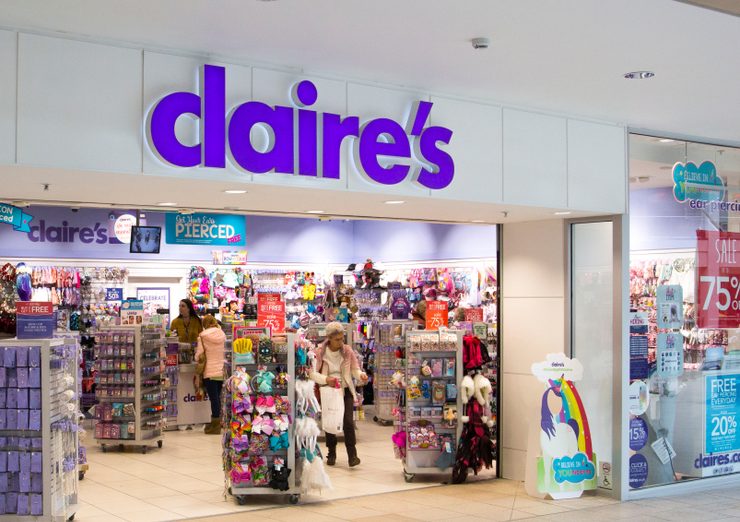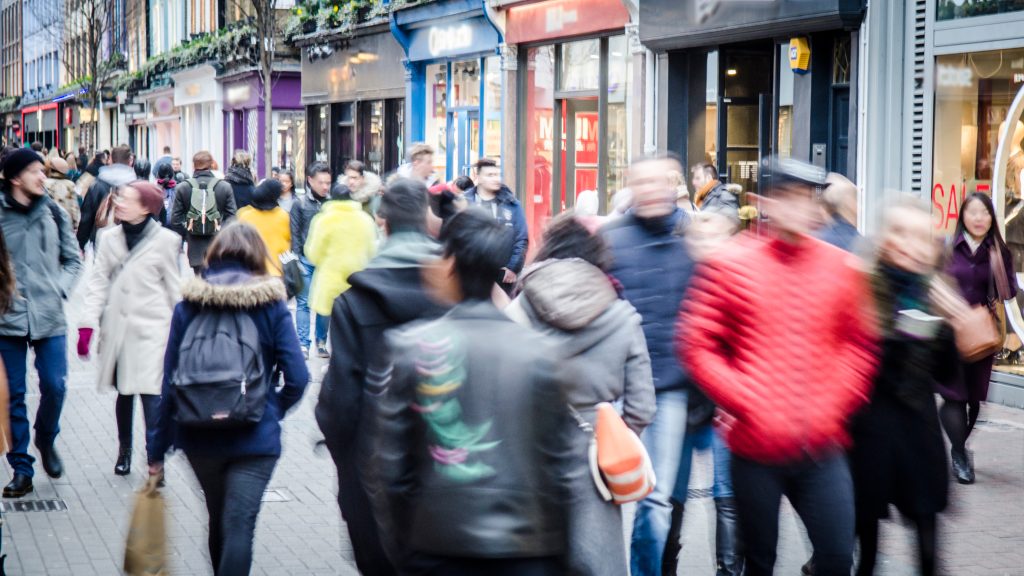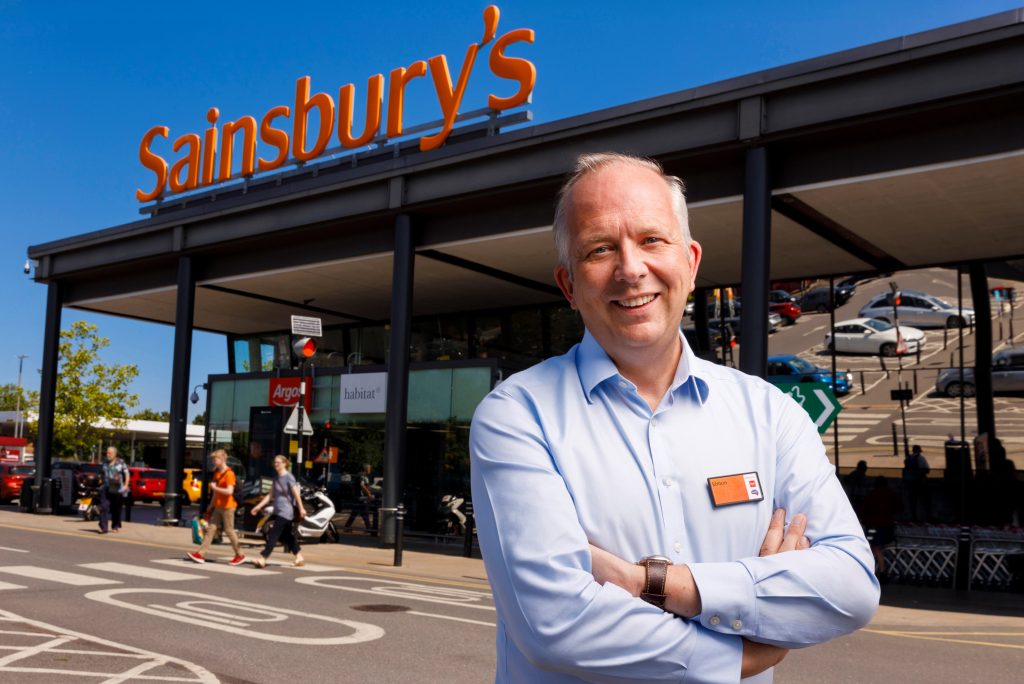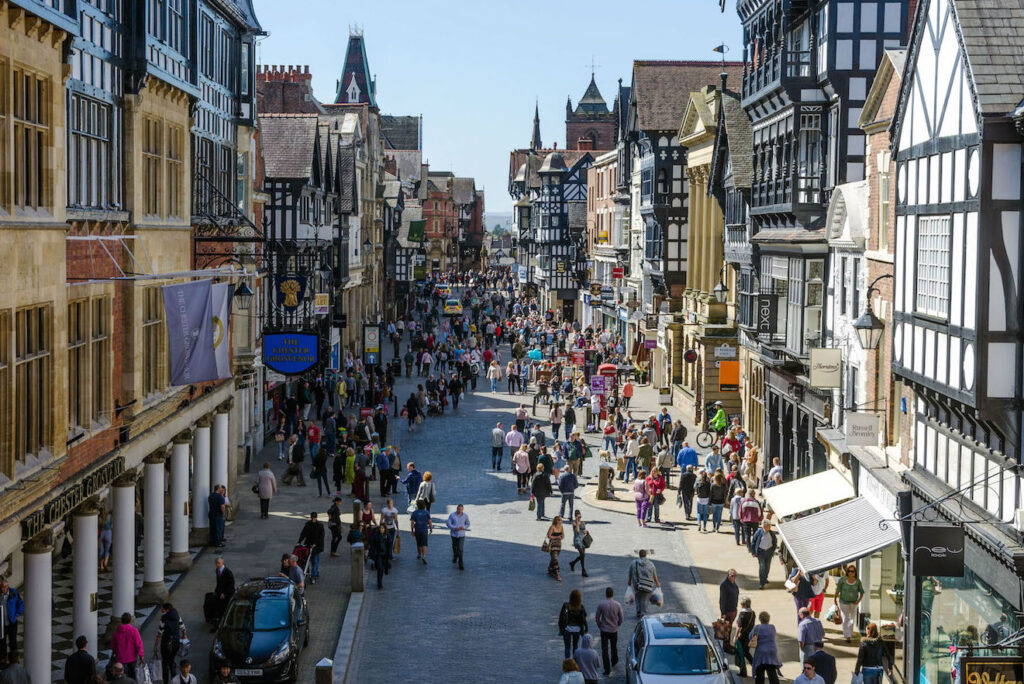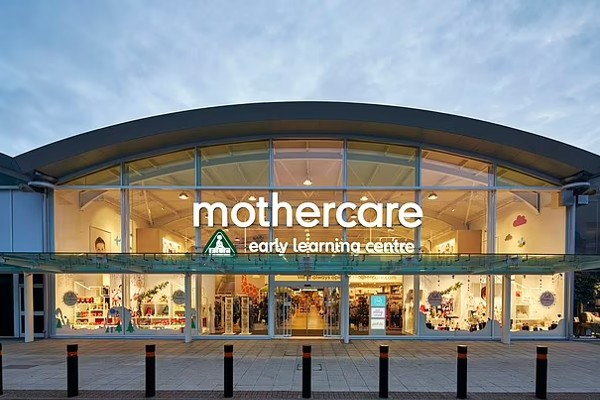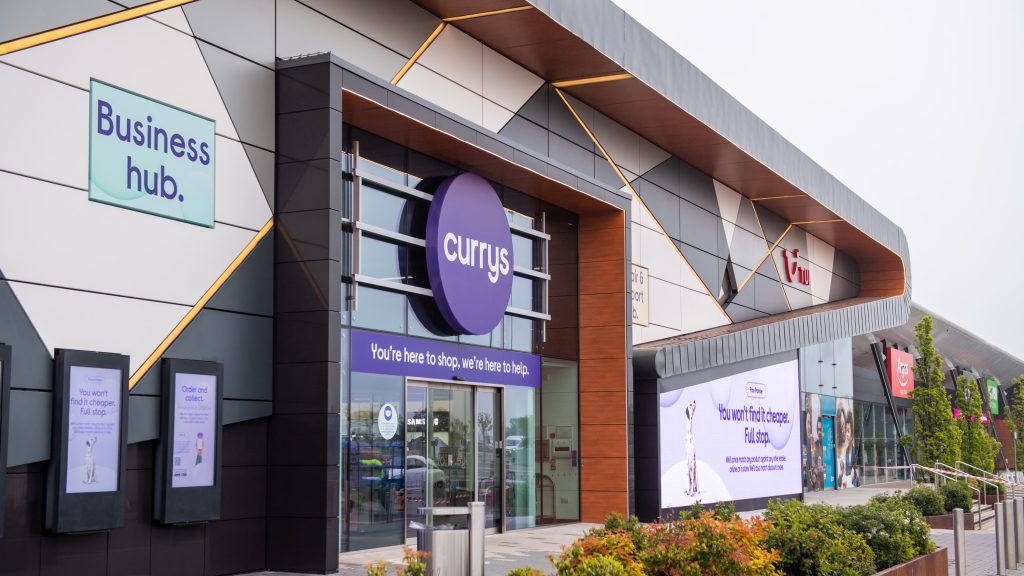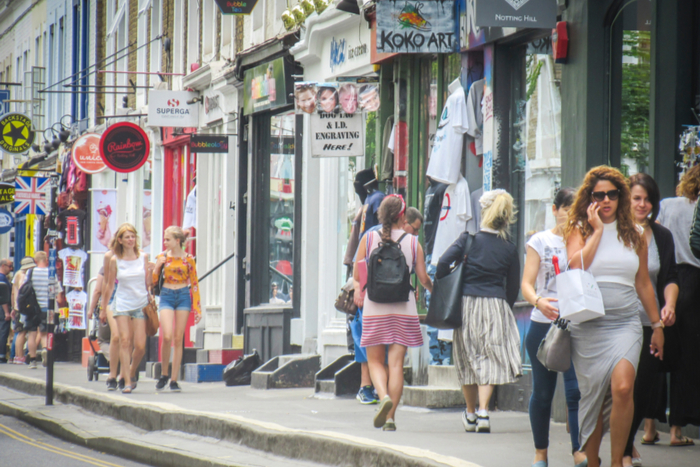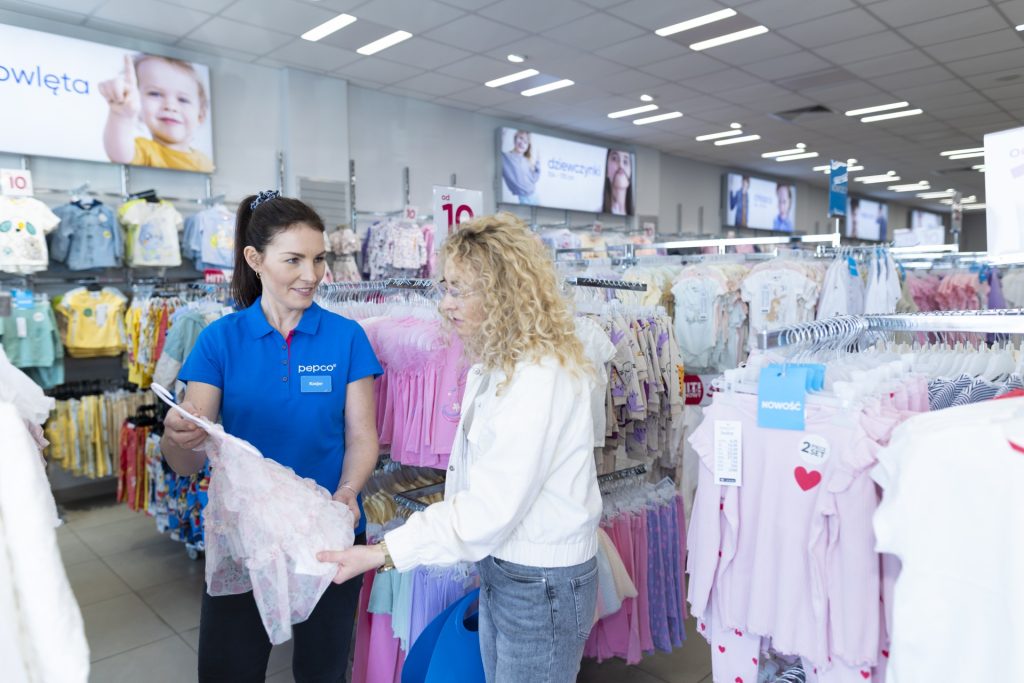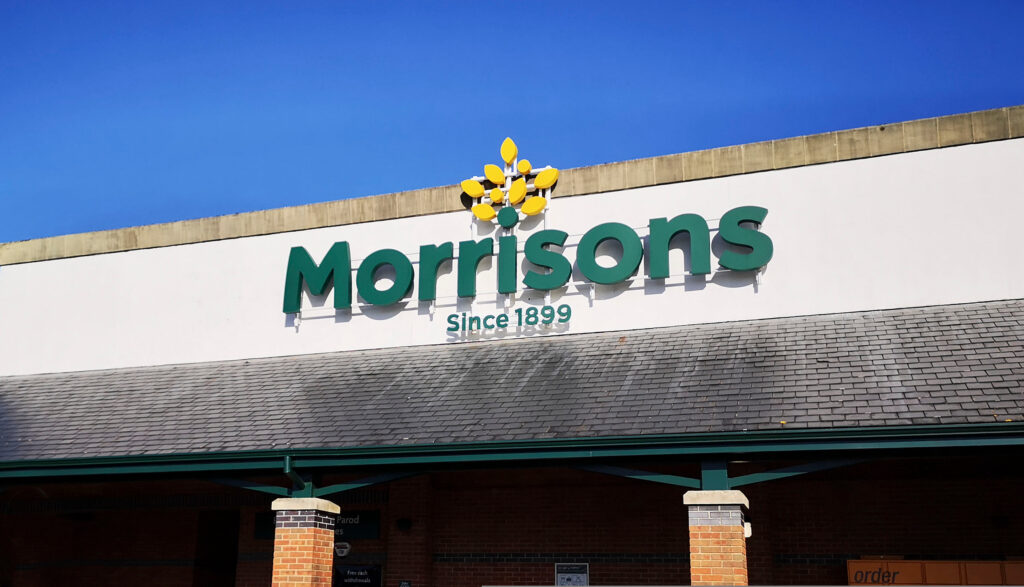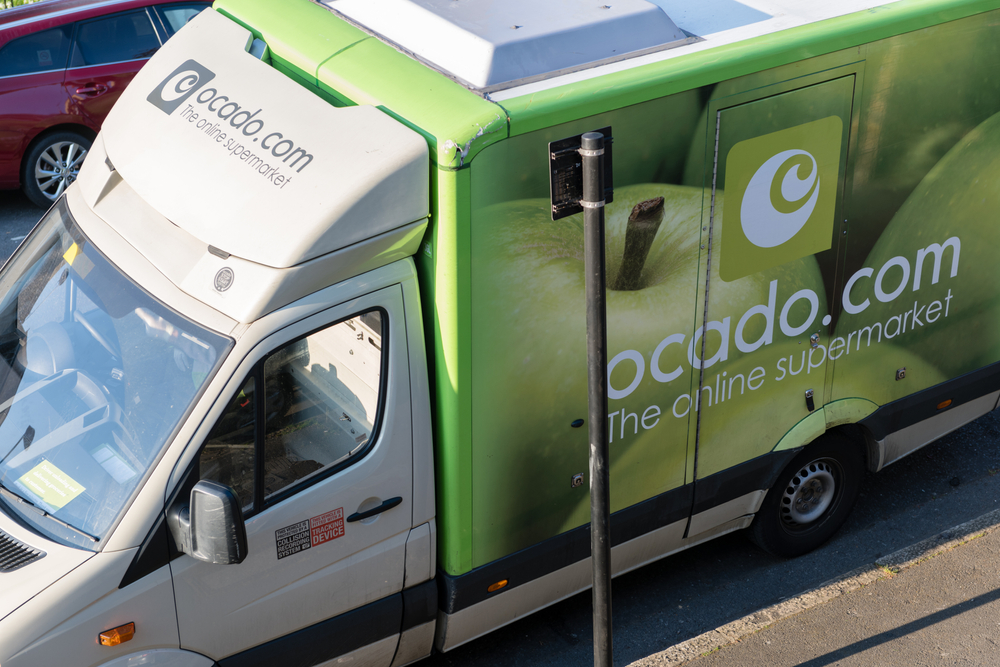Retail sales at stations across the UK grew significantly in the third quarter of the year, as rail terminals continued to benefit from investment in shops as well as from large streams of commuter customers.
Railways operator Network Rail said today that retail trade at its stations across Britain was up 3.85 per cent for the period between July and September 2011 compared to the same period last year.
Like-for-like sales were slightly up on the previous quarter, which saw 3.7 per cent growth on Q2 2010.
Speaking to Retail Gazette earlier this year, Network Rail‘s Head of Retail Gavin McKechnie said that it has attracted new retailers and invested in improving the customer experience at its stations.
With Network Rail‘s figures showing that stations are outperforming the wider retail industry, which the British Retail Consortium (BRC) said experienced annual sales growth of 0.1 per cent during Q3, it is clear the rail operator is doing something right.
“Our figures continue to outperform the high street in this challenging economic climate thanks to investment in rail and growth in passenger numbers, providing retailers with a competitive trading environment in stations,” McKechnie commented.
“During the current economic downturn our retailers, and food and beverage operators, are working especially hard to provide the right level of service and convenience to make our customers still want to use us as a first choice.
“We are always looking at new opportunities to improve the retail offer by creating more space and introducing a wider choice of brands to our stations.”
Network Rail‘s data was derived from retailers operating from more than 540,000 sq ft of retail space at 17 of the UK‘s biggest and busiest stations, which have a combined annual footfall of over a billion.
Gatwick Airport, London Waterloo and Birmingham New Street reportedly witnessed the greatest upturn in year-on-year sales during Q3, with trading growing 31.2, 10.1 and 5.8 per cent respectively.
BRC economist Richard Lim said: “It‘s encouraging that some parts of retailing continue to perform well even against the harsh consumer environment of falling disposable incomes.
“Undoubtedly, train stations are places of high footfall and these figures demonstrate that commuter and tourist numbers are critical to the sales performance of the limited range of goods typically sold in these locations.”


